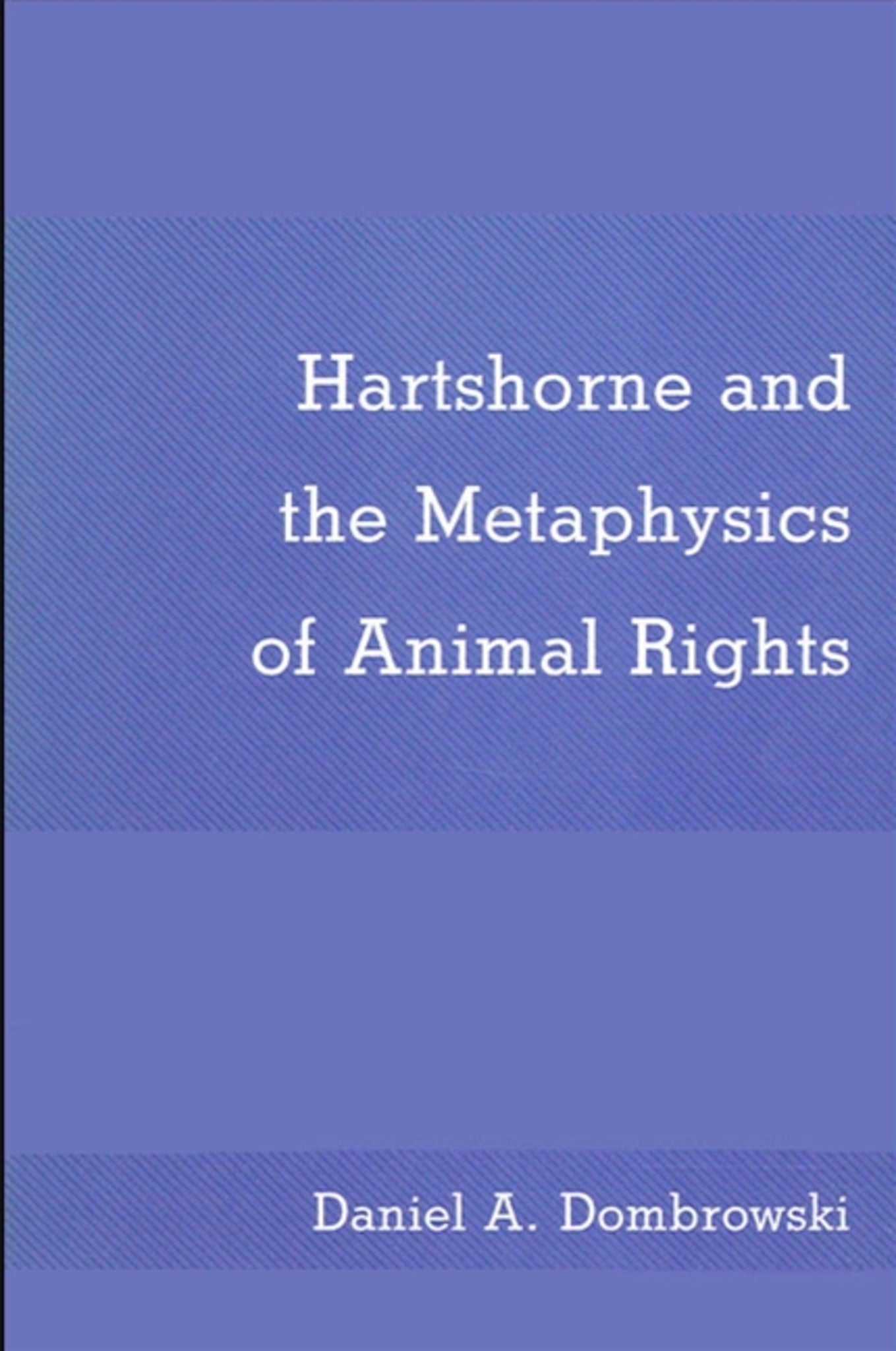We're sorry. An error has occurred
Please cancel or retry.
Hartshorne and the Metaphysics of Animal Rights

Some error occured while loading the Quick View. Please close the Quick View and try reloading the page.
Couldn't load pickup availability
- Format:
-
08 July 1988

Charles Hartshorne is one of the premier metaphysicians and philosophers of religion in the twentieth century. He has written extensively on animals, both as a philosopher of nature and as an expert on bird song. Since the publication of Creative Synthesis and Philosophic Method in 1970, he has devoted a great deal of attention to animals. Among the main issues he advances is that the relationship between human beings and animals helps us to better understand our relationship with God.


"This book is not simply for philosophers and students of Charles Hartshorne. It is for those who would learn more about the nature of Divinity and of Man's place in Nature." — Dr. Michael W. Fox, Scientific Director, The Humane Society of the United States
"It adds an important name to the growing roster of informed thinkers who are concerned about how humans do — and how we should — treat nonhuman animals." — Tom Regan, North Carolina State University
"It is extremely persuasive about vegetarianism, which is upsetting to us non-vegetarians. It is also insightful about Hartshorne. Hartshorne said at the last Metaphysical Society meeting that Dombrowksi is the philosopher who best understands him." — Robert Cummings Neville
"The style is excellent, clear, forceful, readable. The central focus on vegetarianism and the rights of animals, yet also on metaphysics and the histories and present states of both these concerns, makes this a very original and distinctive work." — Charles Hartshorne
Abbreviations
Introduction
Chapter One: A Brief History
Chapter Two: God and Noninvidious Contrasts
Chapter Three: Commonality with Animals
Chapter Four: Human Transcendence of Animality
Chapter Five: Foundations for a Humane Ethics
Chapter Six: Contributionism and Wordsworth
Chapter Seven: Hartshorne and Plato
Chapter Eight: The Aesthetic Analogy
Conclusion
Notes
Bibliography
Index



